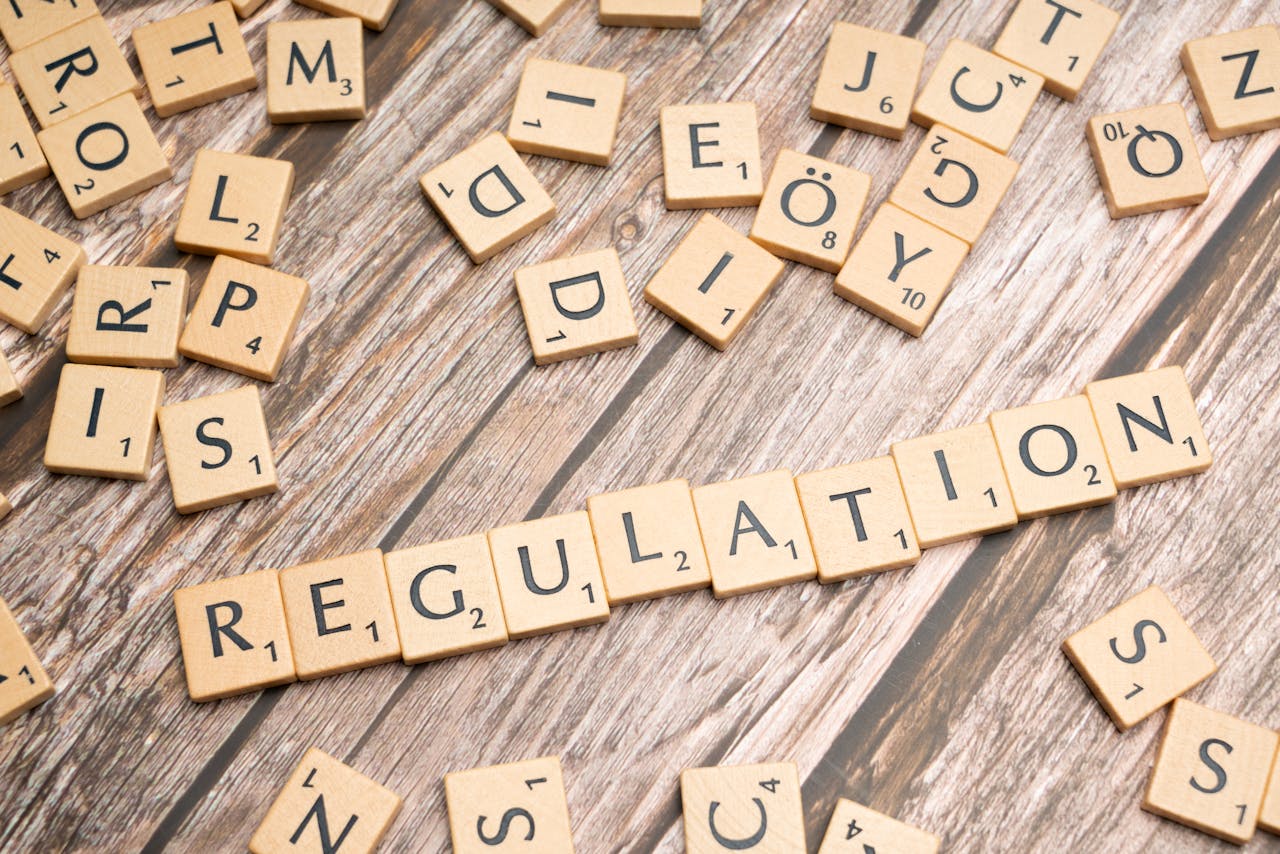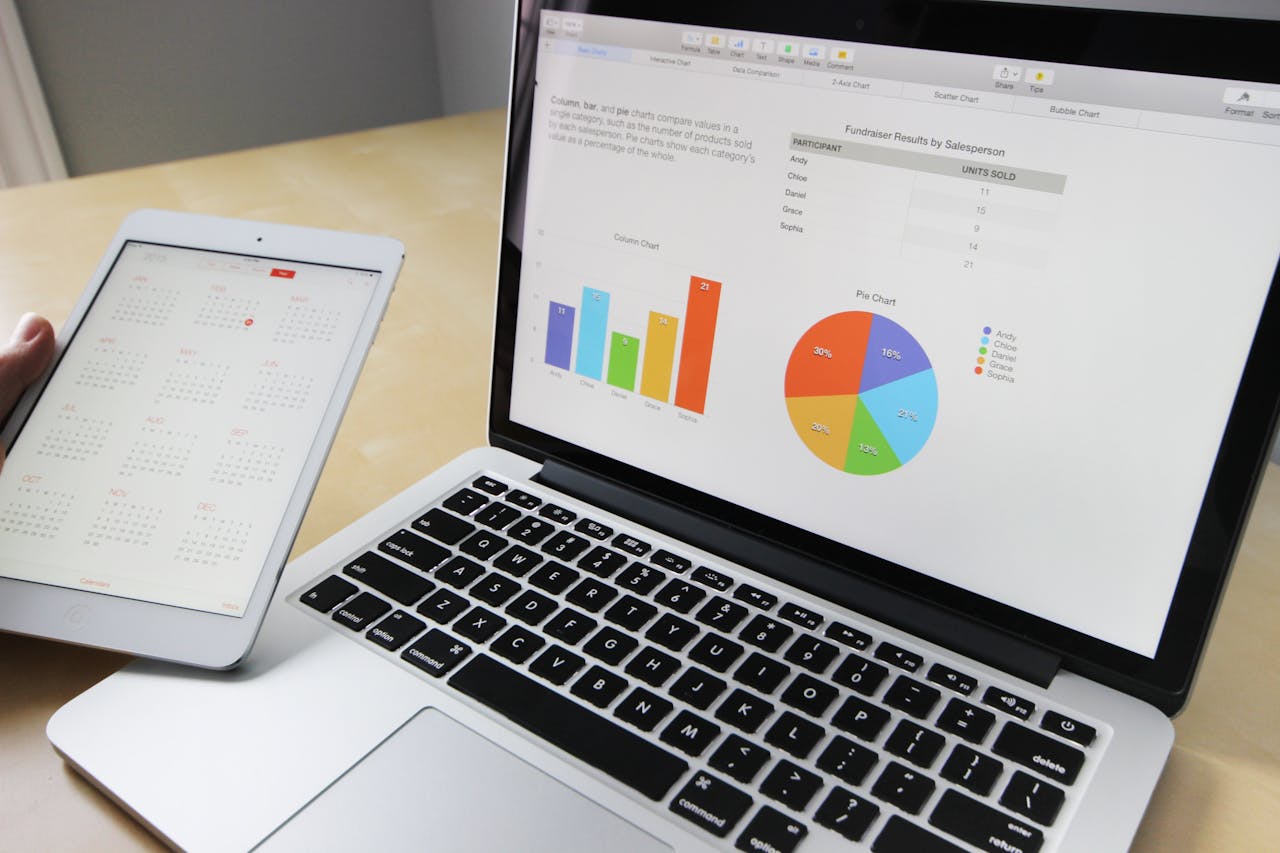As the demand for medicines increases, the pharmaceutical supply chain must ensure safe and timely transportation of vital medications. Adhering to shipping rules and regulations set by governing bodies such as the FDA and DEA is essential. Choosing the right shipping method, such as temperature-controlled freight trailers, is crucial for the safe transport of pharmaceuticals. Proper packaging is also key to protect fragile and perishable medications during transit. Partnering with experienced third-party logistics providers is recommended for reliable pharmaceutical cargo transportation. The cost of shipping medicine reflects the specialized nature of the service and the need for regulatory compliance.
Key Takeaways
- Pharmaceutical cargo transportation is crucial for delivering vital medications safely and on time.
- Compliance with shipping rules and regulations set by governing bodies is essential.
- Temperature-controlled freight trailers are necessary for the safe transport of pharmaceuticals.
- Proper packaging is key to protect fragile and perishable medications.
- Partnering with experienced logistics providers ensures reliable pharmaceutical cargo transportation.
Transporting Medications Safely
When it comes to transporting medicine, strict adherence to shipping rules and regulations is essential to ensure the safe and secure delivery of vital medications. Governing bodies like the FDA and DEA set guidelines that must be followed to maintain the integrity and quality of pharmaceutical products during transit. This includes understanding procedures for shipping hazardous materials, as these regulations can extend to pharmaceuticals.
One important consideration when transporting medicine is choosing the appropriate shipping method. Temperature-controlled freight trailers are highly recommended, as they provide the necessary environment to preserve the efficacy and stability of medications that require specific temperature conditions. Additionally, opting for full truckload shipping offers dedicated space for the shipment, minimizing handling and reducing the risk of loss or damage.
For urgent or time-sensitive deliveries, expedited freight services can be utilized. These services prioritize speed and efficiency, ensuring that medications reach their destinations as quickly as possible. However, it is crucial to ensure that expedited freight providers have the necessary expertise and experience in handling pharmaceutical cargo, as maintaining regulatory compliance remains a top priority.
Transporting Medications Safely
“Choosing the right shipping method, such as temperature-controlled freight trailers, ensures the safe transport of medicine.”
| Shipping Method | Key Benefits |
|---|---|
| Temperature-Controlled Freight Trailers | – Maintains specific temperature conditions – Preserves medication efficacy and stability – Reduces the risk of spoilage or degradation |
| Full Truckload Shipping | – Dedicated space for the shipment – Minimizes handling and risk of loss or damage |
| Expedited Freight | – Prioritizes speed and efficiency – Suitable for urgent or time-sensitive deliveries |
By prioritizing the safe transport of medications, pharmaceutical supply chains can ensure that patients receive the crucial treatments they need, while also maintaining compliance with shipping regulations and requirements.
Packaging and Labeling for Pharmaceutical Cargo
The safe transportation of pharmaceuticals relies on proper packaging and labeling to protect fragile medications and ensure regulatory compliance. In accordance with shipping regulations, temperature-controlled packaging is often required to maintain the integrity of sensitive pharmaceutical products. To prevent damage during transit, tamper-evident seals and protective cushioning are also essential.
For fragile medications such as injectables or liquids in glass vials, additional packaging materials like bubble wrap, foam insulation, and gel packs provide an extra layer of protection. These materials help to absorb shock, minimize temperature fluctuations, and safeguard against potential leaks or breakages. By carefully selecting and using appropriate packaging materials, pharmaceutical cargo can be transported safely and securely.
Proper packaging and labeling are crucial for the safe transportation of pharmaceuticals.
In addition to protective packaging, labeling plays a vital role in pharmaceutical cargo transportation. Clear and accurate labeling ensures that the package is easily identified and handled correctly at each stage of the supply chain. Labels should include essential information such as the name and dosage of the medication, lot number, expiration date, and any specific storage requirements.
By following proper packaging and labeling practices, pharmaceutical companies can minimize the risk of damage, ensure regulatory compliance, and maintain the quality and efficacy of their products throughout the transportation process.
Packaging and Labeling Best Practices:
- Use temperature-controlled packaging for sensitive pharmaceuticals
- Implement tamper-evident seals and protective cushioning
- Include essential information on labels such as medication name, dosage, lot number, and expiration date
- Adhere to shipping regulations and requirements
- Partner with experienced logistics providers for guidance and expertise
Table: Key Packaging Materials for Pharmaceutical Cargo
| Material | Function |
|---|---|
| Bubble wrap | Provides cushioning and protection against impact |
| Foam insulation | Helps maintain temperature stability |
| Gel packs | Provides additional cooling for temperature-sensitive medications |
Regulatory Compliance in Pharmaceutical Transport
The transportation of pharmaceutical products is subject to strict regulatory requirements to ensure the safe and secure delivery of vital medications. These regulations are set by governing bodies such as the Food and Drug Administration (FDA) and international organizations like the International Air Transport Association (IATA). Compliance with these regulations is essential for pharmaceutical companies and logistics providers to maintain the integrity of pharmaceutical products during transportation.
The FDA regulations, in particular, play a crucial role in ensuring the quality and safety of pharmaceutical cargo. These regulations cover various aspects, including temperature control, packaging requirements, handling procedures, and documentation. Pharmaceutical companies must adhere to Good Distribution Practices (GDP) to ensure the proper storage and transportation of medicinal products.
“Compliance with regulatory requirements is crucial in the pharmaceutical industry to ensure the safety and efficacy of medications. It is essential to meet the FDA’s guidelines on temperature control to prevent any degradation of the drugs during transport. Additionally, accurate documentation and tracking and tracing mechanisms are necessary to maintain compliance and ensure product integrity.”
The Drug Supply Chain Security Act (DSCSA) is another important regulation that focuses on tracking and tracing pharmaceutical products throughout the supply chain. This regulation requires the use of unique product identifiers, such as barcodes, to enable the identification and verification of products at each stage of the distribution process. By implementing proper tracking and tracing mechanisms, pharmaceutical companies can enhance supply chain visibility and reduce the risk of counterfeit or compromised medications.
Compliance with regulatory requirements in pharmaceutical transport involves meticulous documentation, adherence to temperature control guidelines, and the implementation of robust tracking and tracing systems. By ensuring compliance, pharmaceutical companies can uphold the highest standards of quality, safety, and efficacy in the transportation of vital medications.
Supply Chain Visibility and Traceability in Pharmaceutical Transport
Supply chain visibility and traceability are crucial in the transportation of pharmaceuticals to ensure the integrity and safety of these critical products. Modern technology has revolutionized the monitoring and tracking processes, providing real-time data on temperature, location, and other important parameters. By employing tools such as GPS tracking, data loggers, and Bluetooth temperature trackers, pharmaceutical companies can closely monitor the conditions in which their products are transported, minimizing the risk of spoilage or damage.
Risk management is a key aspect of maintaining supply chain visibility and traceability in pharmaceutical transport. Implementing robust security protocols ensures that valuable cargo remains secure throughout the transportation process. By incorporating measures such as tamper-evident seals and protective cushioning, companies can mitigate the risk of theft or tampering, safeguarding the products from potential harm.
The Importance of Real-Time Data and Compliance
“Real-time data plays a critical role in maintaining supply chain visibility and traceability in pharmaceutical transport. By continuously monitoring temperature, location, and other relevant data points, companies can proactively address any issues that may arise, ensuring the safe and timely delivery of medications.”
Regulatory compliance is also a crucial aspect of supply chain visibility and traceability. Adhering to guidelines set by regulatory bodies such as the FDA and DEA ensures that pharmaceutical companies meet the necessary standards for transportation. Proper documentation and tracking and tracing mechanisms enable companies to demonstrate compliance with these regulations and provide a transparent view of the supply chain.
In conclusion, supply chain visibility and traceability in pharmaceutical transport are essential for maintaining the integrity and safety of vital medications. With the help of advanced technology and stringent security protocols, pharmaceutical companies can ensure that their products are transported under optimal conditions. By prioritizing real-time data monitoring and regulatory compliance, the industry can continue to improve the efficiency and reliability of pharmaceutical cargo transportation.
| Technology | Benefits |
|---|---|
| GPS Tracking | Provides real-time location data for enhanced visibility and security |
| Data Loggers | Monitors and records temperature and other critical parameters for quality control |
| Bluetooth Temperature Trackers | Allows for continuous monitoring of temperature during transit |
Conclusion
The reliable transportation of pharmaceutical cargo is essential to ensure that vital medications reach their destinations safely and on time. By adhering to shipping rules and regulations, choosing the right shipping method, and packaging medications appropriately, the pharmaceutical industry can maintain the integrity of its products during transportation.
Regulatory compliance is a critical aspect of pharmaceutical cargo transportation. Adhering to standards set by governing bodies such as the FDA and the Drug Supply Chain Security Act (DSCSA) is necessary to meet regulatory requirements. By maintaining proper documentation and implementing tracking and tracing mechanisms, pharmaceutical companies can ensure compliance and traceability throughout the supply chain.
Temperature-controlled transport is crucial for preserving the efficacy of pharmaceuticals. Choosing the right shipping method, such as temperature-controlled freight trailers, helps maintain the required temperature range for sensitive medications. This ensures that pharmaceutical cargo remains safe and effective throughout the journey.
Supply chain visibility and traceability play a vital role in the efficient transportation of pharmaceutical cargo. By utilizing advanced technology such as GPS tracking, data loggers, and Bluetooth temperature trackers, stakeholders can have real-time data on the conditions and location of pharmaceutical products. This enables risk management, enhances security protocols, and improves the overall efficiency of the supply chain.
- Customer Engagement and Loyalty: Innovating the Future of Saudi Arabia’s Dedicated Cargo Airline - December 23, 2024
- Regulatory and Compliance: Pioneering the Future of Saudi Arabia’s Dedicated Cargo Airline - December 21, 2024
- Financial Strategies: Fueling the Growth of Saudi Arabia’s Dedicated Cargo Airline - December 20, 2024






